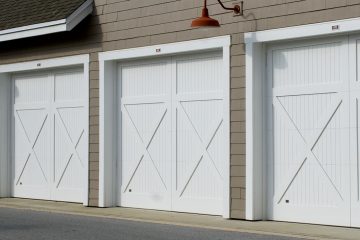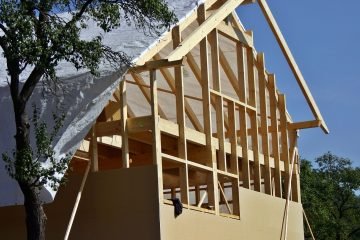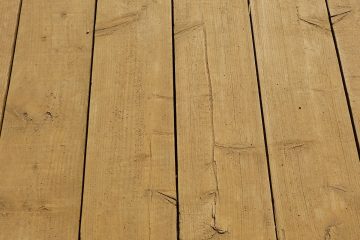See also: Decks, Retaining Walls & Rockeries, Sheds
What Is It?#
A fence is a free-standing wall used for privacy or protection; it may or may not be attached to a building. The tips below apply to residential fences. Follow these links for more about Commercial Fences and Industrial Fences.
What Permits Do You Need?#
You don’t need a permit if you’re building a fence 6 feet high or lower that isn’t in the setback for your property from the front/street side. See more below. If your fence is higher than 6’ and/or doesn’t meet these requirements, you’ll need a building permit and to talk with us.
Research the Code#
According to Sumner Municipal Code, you can build fences almost anywhere on your property. Please note that where they go on your lot may change some of the requirements. In general,
- The closer the fence is to the front or street side of your property, the shorter it must be.
- Fences built at a street or alley intersection must meet the sight distance requirements.
- The maximum height for a fence in the front yard or street side yard setback is 3 feet, or 4 feet if the fence provides 50 percent visibility (like see-through slats).
- In multi-family zones, chain link fences in the front or side yard are required to be black or green coated.
- The maximum height for all fences in residential zones is 6 feet, unless you’re in the setback for the front or street side of your lot (see above).
- Exceptions are allowed for a trellis, arbor or other as noted in the code.
- Corner lots along minor arterial roads may construct a fence to the maximum height along the minor arterial if your fence meets all sight distance requirements.
- No barbed wire, razor wire or electric fences are allowed in residential zones.
Arbors and Trellises#
Arbors and trellises are decorative elements added to a fence. An arbor is defined as a structure that is attached to a fence or is freestanding and serves to define a gate or entrance way located in the front or side yard.
A trellis is a vertical structure attached to a fence comprised of lattice work designed to support the growth of vines or other vegetation, or a horizontal decorative element composed of lattice work that is predominantly open in design. These requirements apply to a trellis that is part of a fence, not a trellis that is part of the house or other structure.
- Arbors may be a maximum of 9 feet in height and 8 feet in width.
- The maximum allowable width of a horizontal trellis is 36 inches.
- A trellis of up to 2 feet over the maximum fence height may be added as a decorative element.
- Horizontal trellises may not encroach on adjacent properties.
Sight Distance Requirements #

On a street corner intersection, alley, or driveway, there are sight distance requirements that must be met. This is an invisible triangle of land that protect the ability for people, including you, to retain visibility and keep everyone safe, including passing cars and pedestrians.
- In the sight distance triangle, no solid fence or other physical obstruction is permitted over 3 feet high, or 4 feet if providing 50% visibility (i.e. open slats).
- For street and alley rights-of-way the measurements are 20 feet from the corner down the property lines.
- For driveways, the measurement is 20 feet along the edge of the driveway and 10 feet along the shoulder or curb line of the right-of-way.
Should I Hire a Professional?#
Fence drawings rarely require a professional stamp from an architect or engineer. Anyone with drafting skills may prepare the drawings, or you may hire a professional to help you.
We Can Help#
This guide is available only to give you a general idea about whether you need a permit and which permits. Every project is different, so no guide can replace the effectiveness of asking us directly about your project. Please reach out by phone or email to get your project started on the right foot and avoid unpleasant surprises through the process.


